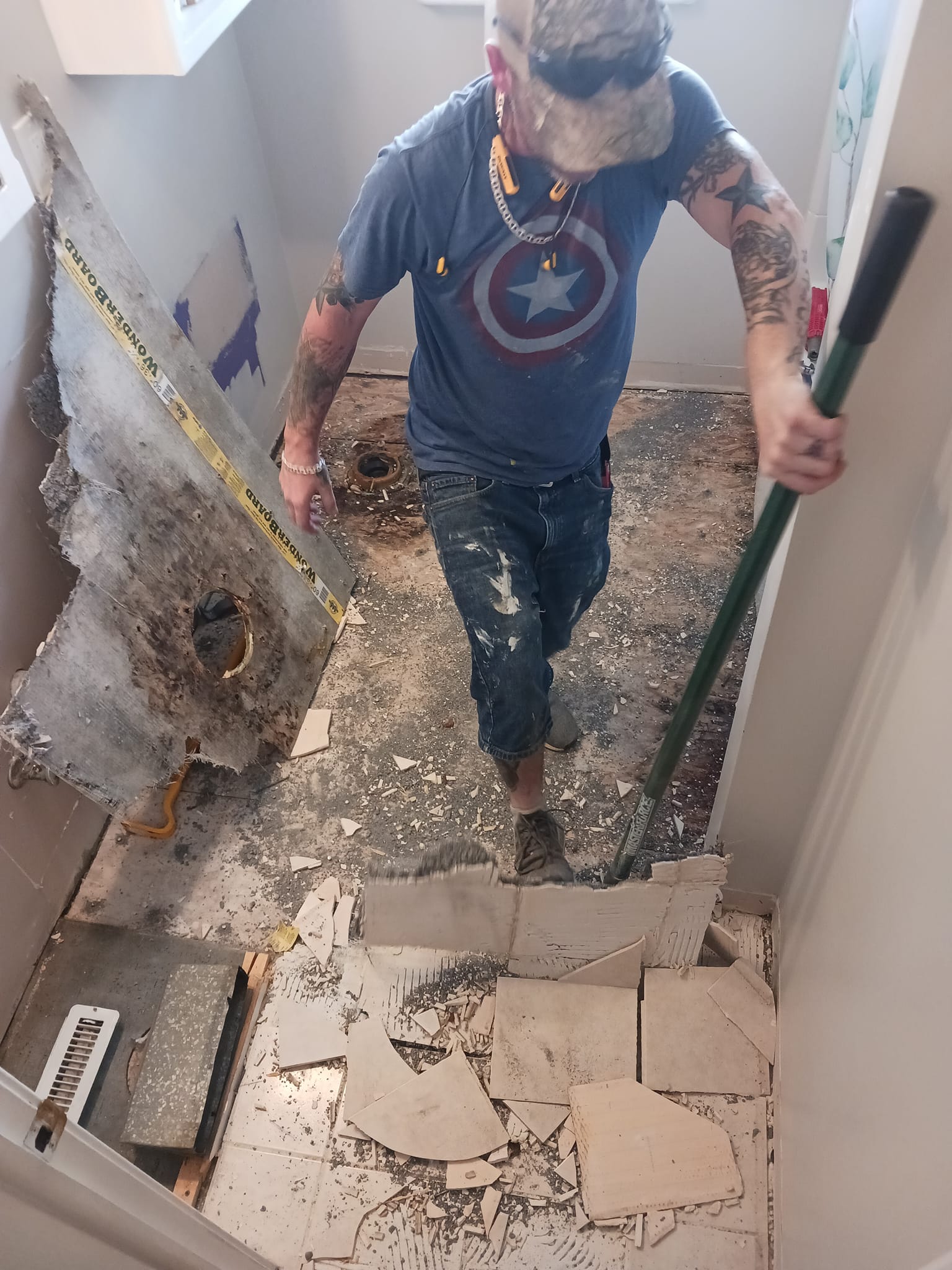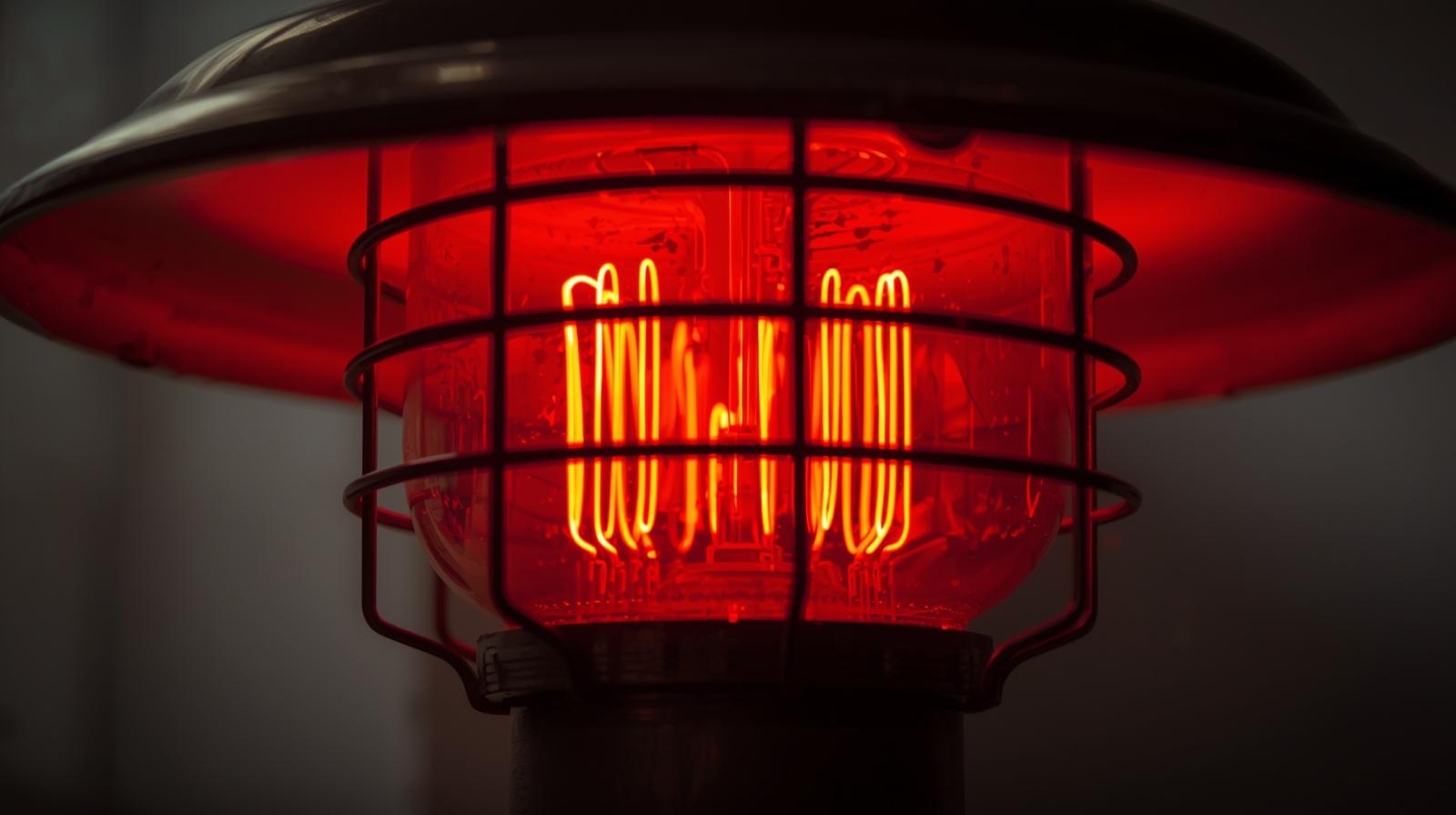
Stop the Slow Drain: Essential Tips for Preventing Shower Clogs and Maintaining Clear Lines
Stop the Slow Drain: Essential Tips for Preventing Shower Clogs and Maintaining Clear Lines
A slow-draining shower is more than just annoying; it’s a warning sign that a serious clog is brewing deeper in your pipes. Ignoring that pool of standing water can lead to backups, potential plumbing damage, and costly emergency repairs.
For homeowners, the best offense is a good defense. This guide from Haslett Handyman focuses on preventative measures—the simple, affordable steps you can take today to keep your drainage system clear and running fast.
The Clog Culprits: What's Slowing Your Shower?
The main components that create the dreaded shower clog are usually a nasty combination of three things:
- Hair: By far the number one offender. Loose hair binds together to form dense mats that collect debris.
- Soap Scum & Residue: The fats and oils in soaps, conditioners, and shaving creams mix with mineral-rich water, creating a sticky, solid residue that adheres to the inside of pipes.
- Minerals: In areas with hard water, mineral deposits (like calcium and magnesium) build up, creating a rough surface inside the pipe that acts like Velcro for hair and soap scum.
Preventative Tip 1: Install a Hair Catcher (The Essential Barrier)
This is the simplest and most effective preventative measure you can take.
- What to Use: Purchase a mesh strainer or a rubber/silicone hair catcher that sits over the drain opening. They are inexpensive and designed to catch hair before it ever enters the pipe.
- Maintenance: Make it a habit to clean the hair catcher after every shower. This takes two seconds and prevents 90% of clogs from forming.
Preventative Tip 2: The Hot Water Flush
Since soap scum and oil are the secondary culprits, fighting them with heat is highly effective.
- The Method: Once a week, after everyone has finished showering, turn your shower on the hottest setting possible (without scalding yourself) and let it run for about 60 to 90 seconds.
- The Benefit: This blast of high-temperature water can soften and melt fatty buildup (soap scum, grease) that is clinging to the inside of your drain pipe, washing it away before it hardens into a dense obstruction.
Preventative Tip 3: The Baking Soda and Vinegar Treatment
This gentle, all-natural method can cut through minor buildup without resorting to harsh chemical drain cleaners, which can actually damage older pipes.
What You Need:
- 1 cup of Baking Soda
- 1 cup of distilled white Vinegar
- A pot of boiling water
How to Use It:
- Pour the cup of baking soda directly down the drain.
- Immediately follow with the cup of vinegar.
- Cover the drain opening (with a cloth or plug) for 30 minutes. You will hear fizzing—that is the chemical reaction working to break down clogs.
- After 30 minutes, slowly pour the boiling water down the drain to flush the remnants away.
Understanding Your Shower's Shut-Off Valve
Your drainage system is one thing, but your water supply is another. Many showers, especially in newer homes or remodeled bathrooms, feature a shower shut-off valve located near the shower head or mixing valve .

Why the Shut-Off Valve Matters for Maintenance:
- Emergency Control: If your shower head springs a major leak or a pipe bursts, this valve is your first line of defense, allowing you to quickly kill the water supply to that specific fixture without shutting off water to the entire house.
- Maintenance Access: You need to use this valve (or the main bathroom shut-off) anytime you want to replace a shower cartridge, fix a leaky faucet handle, or replace the shower head itself. Knowing where it is and how to turn it is a key homeowner skill.
Action Item: Take five minutes today to locate and test the shut-off valve for your shower (if you have one) or your bathroom. This preparation can save you thousands in water damage down the road.

.jpeg)
When to Call Haslett Handyman
If you’ve tried all the preventative measures and your drain is still slow, or if the water is completely backed up, the clog is likely too deep or too dense for household solutions.
Do NOT Use: Strong, corrosive liquid drain cleaners. These products generate heat, which can soften PVC pipes, and if they don't clear the clog, they leave behind toxic residue that makes professional service risky.
If you are dealing with persistent drainage issues, the Haslett Handyman team can safely diagnose the cause, whether it's an issue with the P-Trap, a major buildup in the main line, or an improperly installed vent. We use professional, drain-safe methods to restore full water flow quickly and cleanly.
If your drain is blocked, don't wait—contact us today!
.jpg)

